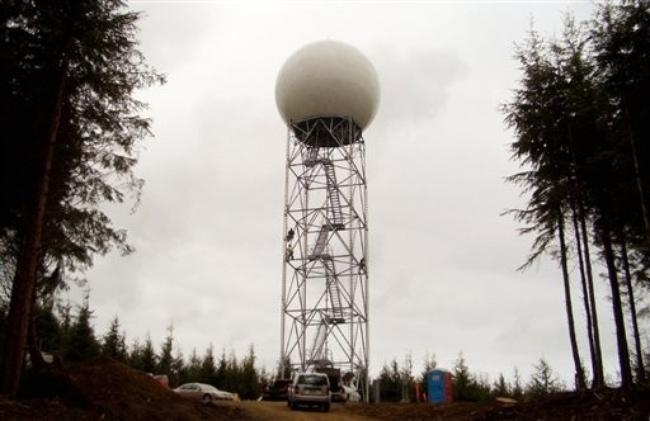

It indicates how sheltered theīeach will be from these waves. The arrow shows the average direction of the waves 1-2 miles out to sea. Lifeguards can give youĪdvice on waves if you’re planning to go into the water. Period (more than 10 seconds) means the waves at the beach may be more powerful. This is the average number of seconds between one wave and the next, 1-2 miles out to sea. Read more about calculating the expected height of the waves at the beach. Water, keep an eye on the waves to stop you or your belongings being swept away. Individual waves out to sea or at the beach can be higher than this number. This is the average height of the waves, 1-2 miles out to sea. 11 Extreme - Avoid being outside during midday hours. 8-10 Very high - Spend time in the shade between 11am and 3pm. 6-7 High - Seek shade during midday hours, cover up and wear sunscreen. 3-5 Moderate - Take care during midday hours and do not spend too much time in the sun unprotected. No risk of UV - It’s safe to stay outside. UV exposure index and the protection required to help keep you safe: The higher the percentage of humidity, the wetter it will feel outside. If there is a lot of water vapour, the humidity will be Humidity is the amount of water vapor in the air. Visibility measures the distance at which an object can be clearly seen. Read more about how wind will affect you at the beach. The number is the average wind speed.īeware of offshore winds if you are using inflatables, paddle boards or kayaks. If the arrow points from land to sea, the wind The arrow shows the direction of the wind (up is north). The number represents the average wind speed expected at that time. The letters show the direction the wind is blowing The arrow shows the direction the wind is blowing. Strong winds are shown in bold for speeds of 29 mph or more. Wind gust shows the highest wind speed that you should encounter at that time, as winds peak and Idea of how the temperature will actually feel at the time. You can see the temperature in Celsius orįeels like temperature considers other factors, such as wind speed and humidity. This number shows the air temperature for the time period. Sleet, snow, hail and drizzle) will fall from the sky at a certain time. Since hail can cause the rainfall estimates to be higher than what is actually occurring, steps are taken to prevent these high dBZ values from being converted to rainfall.Chance of precipitation represents how likely it is that rain (or other types of precipitation, such as Hail is a good reflector of energy and will return very high dBZ values. These values are estimates of the rainfall per hour, updated each volume scan, with rainfall accumulated over time. Depending on the type of weather occurring and the area of the U.S., forecasters use a set of rainrates which are associated to the dBZ values. The higher the dBZ, the stronger the rainrate. Typically, light rain is occurring when the dBZ value reaches 20. The scale of dBZ values is also related to the intensity of rainfall. The value of the dBZ depends upon the mode the radar is in at the time the image was created. Notice the color on each scale remains the same in both operational modes, only the values change.

The other scale (near left) represents dBZ values when the radar is in precipitation mode (dBZ values from 5 to 75). One scale (far left) represents dBZ values when the radar is in clear air mode (dBZ values from -28 to +28). Each reflectivity image you see includes one of two color scales. The dBZ values increase as the strength of the signal returned to the radar increases. So, a more convenient number for calculations and comparison, a decibel (or logarithmic) scale (dBZ), is used. Reflectivity (designated by the letter Z) covers a wide range of signals (from very weak to very strong). "Reflectivity" is the amount of transmitted power returned to the radar receiver. The colors are the different echo intensities (reflectivity) measured in dBZ (decibels of Z) during each elevation scan.


 0 kommentar(er)
0 kommentar(er)
